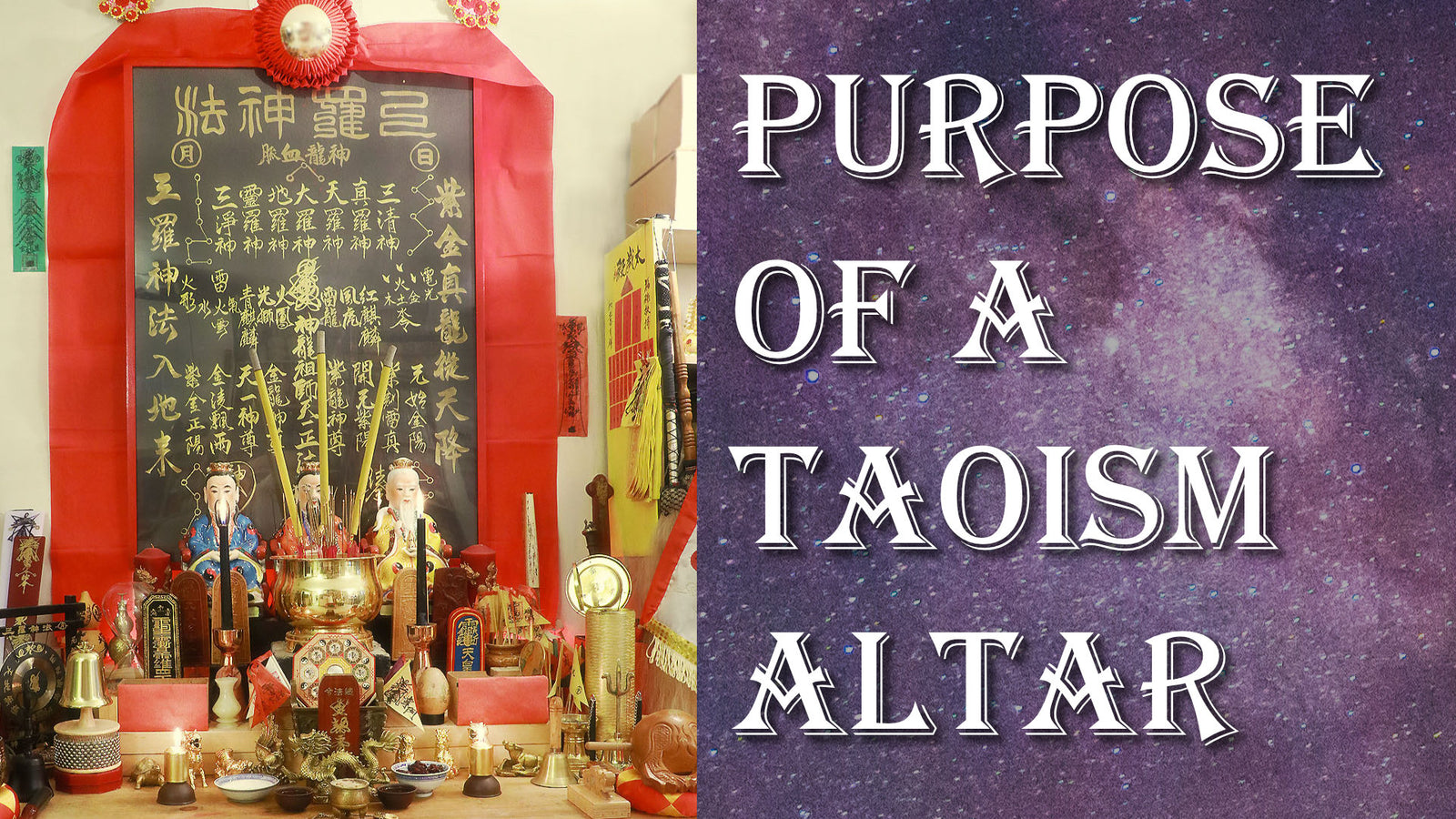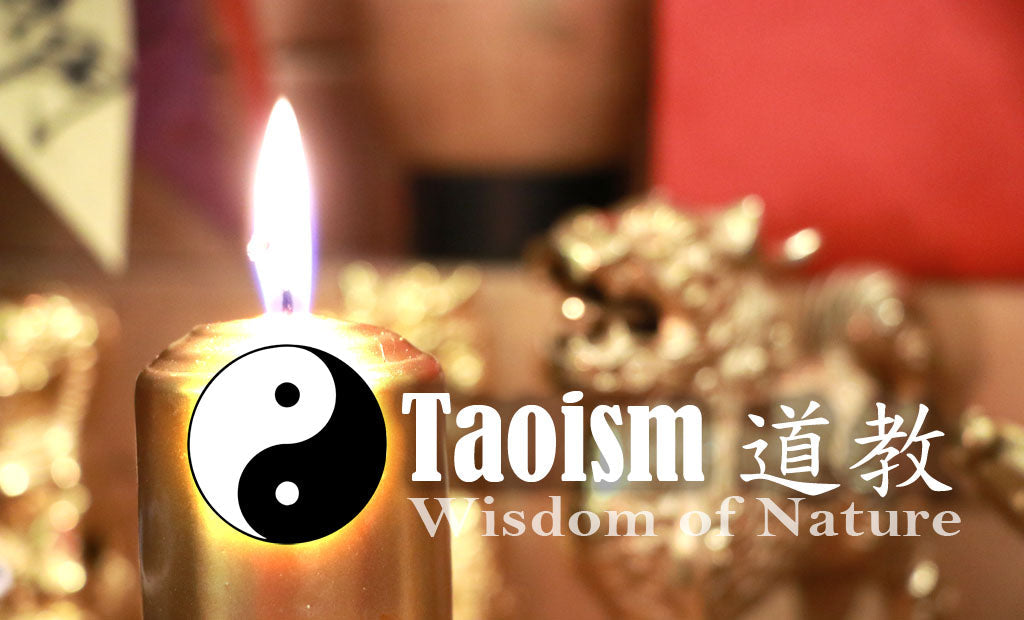
Taoist altars hold a revered place in the practice of Taoism, serving as a conduit for communication with the gods and a focal point for the practice of Taoist magic. For disciples and seekers of Taoism, building an altar is an essential step in deepening one’s spiritual practice. This article explores the significance, structure, and essentials of Taoist altars, and how they can be a source of guidance and protection for individuals and their families.
The Significance of Taoist Altars:
Taoist altars are not merely decorative; they are powerful spiritual tools. They serve as a medium for communication with the gods and are instrumental in harnessing divine powers for Taoist magic. While disciples can initially use their bodies as mediums, establishing a physical altar allows for more substantial and diverse magical practices. Moreover, it provides a physical space for the gods to reside, offering protection and guidance to the household.
Structure of a Taoist Altar:
1. Upper Deck:
The upper deck of the altar is dedicated to the principal deities and is represented by statues or framed signages. This section is associated with positive energies and is where disciples communicate with the celestial realm. The central deity in this section is Jo Si, or Bagwa Jo Si, represented by the main incense pot. Jo Si acts as an intermediary, connecting disciples with various gods from the Religious Court, akin to a spiritual search engine.
2. Lower Deck:
The lower deck functions as the local department of the altar. The primary deity here is the Landlord, who oversees the spiritual dimension of the location and the internal activities of the altar. The Landlord serves as a guardian and is responsible for managing the spiritual entities that work within the altar system.
Essential Components of a Taoist Altar:
Regardless of the size of the altar, certain elements are indispensable for its operation:
- A framed signage or statue representing the deity being worshipped.
- A table or platform to designate the space for the altar.
- An incense pot filled with white sand.
- Incense sticks for marking time.
- A source of fire, such as candles.
These essentials facilitate communication with the gods. Additionally, advanced practitioners may employ secret setups within the incense pot to enhance the altar's power.
The Path Forward:
Building a Taoist altar is a journey of spiritual growth and commitment. It is an investment in one’s spiritual well-being and a means to bring divine protection and guidance into one’s home. For those who feel the call, ordination is the first step towards this transformative path. Through ordination, you will gain access to the knowledge and practices necessary to establish and empower your altar.
Conclusion:
Taoist altars are more than just physical structures; they are gateways to the divine. Through them, disciples can communicate with the gods, seek their assistance, and protect their loved ones. If you are drawn to the path of Taoism and wish to deepen your connection with the divine, consider taking the step of ordination. Through this sacred commitment, you can build your altar and embark on a journey of spiritual enlightenment.
Take the next step and get ordained, or explore the the CMG section to empower your spiritual practice.


